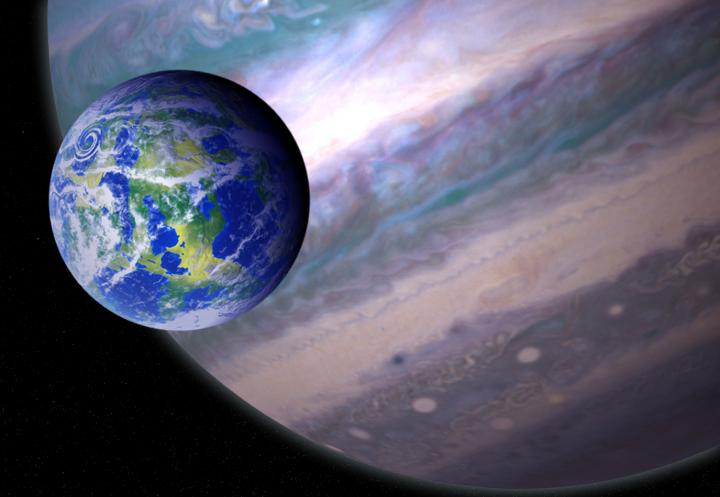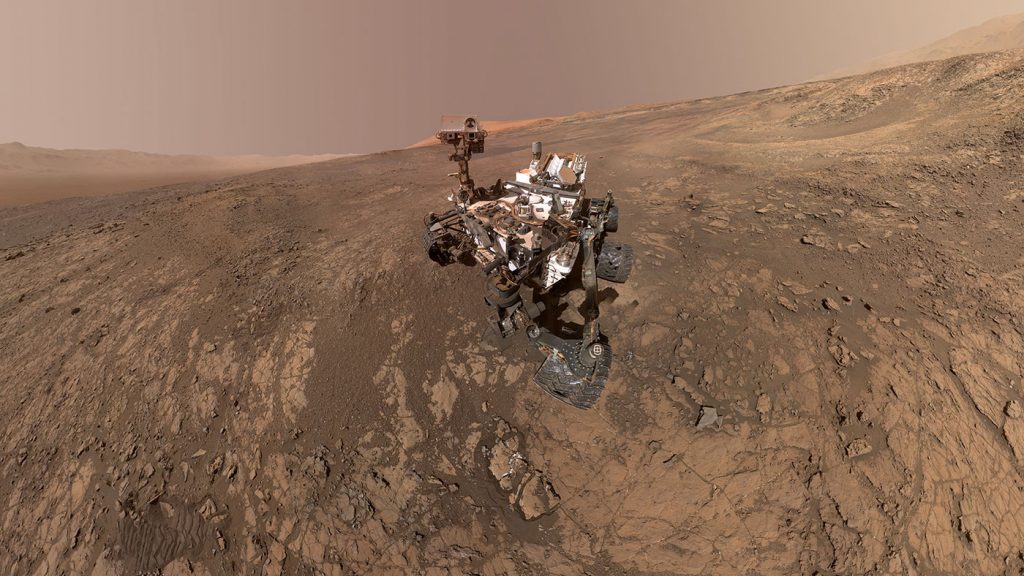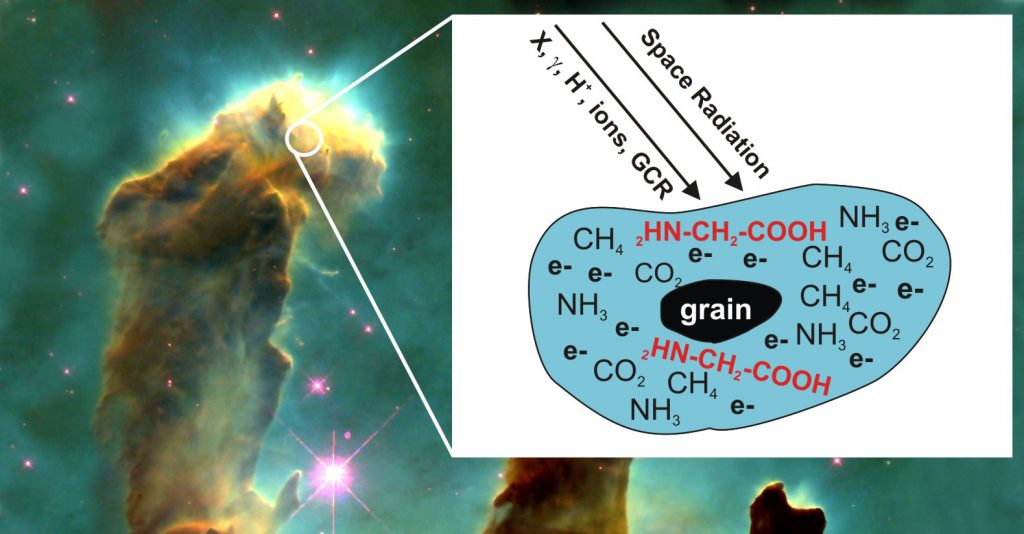When can we be certain that we’re the only civilization in the galaxy?
Are we alone in the universe? Most science-fiction authors would answer that question with a no. Scientists, however, aren’t so sure. SETI projects, such as Breakthrough Listen, have not produced any clear results, at least not yet. But assume we search and search and search – and find nothing. Will there come a moment when we can say with some certainty that we are alone in the universe – and can stop searching? Yes, says Claudio Grimaldi from the École Polytechnique Fédérale de Lausanne (Swiss Federal Institute of Technology Lausanne; EPFL). In a paper in PNAS, he calculated when…





